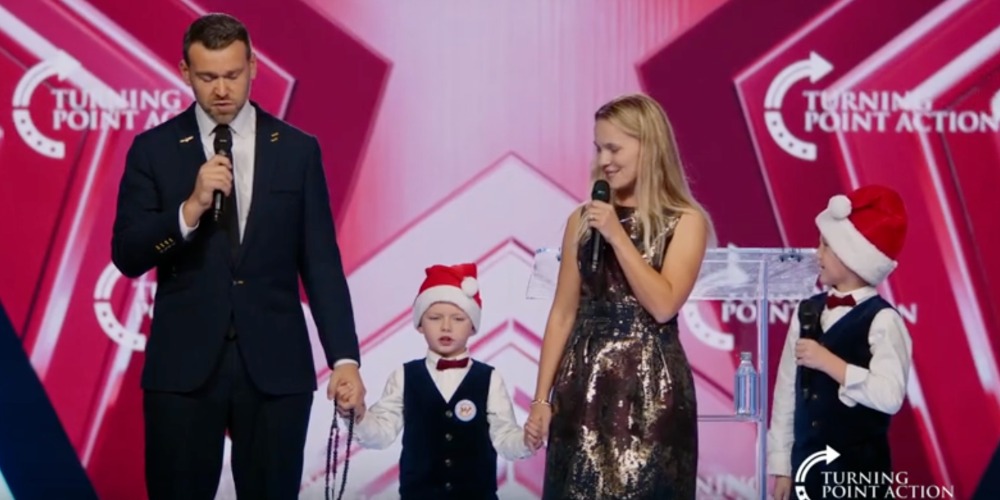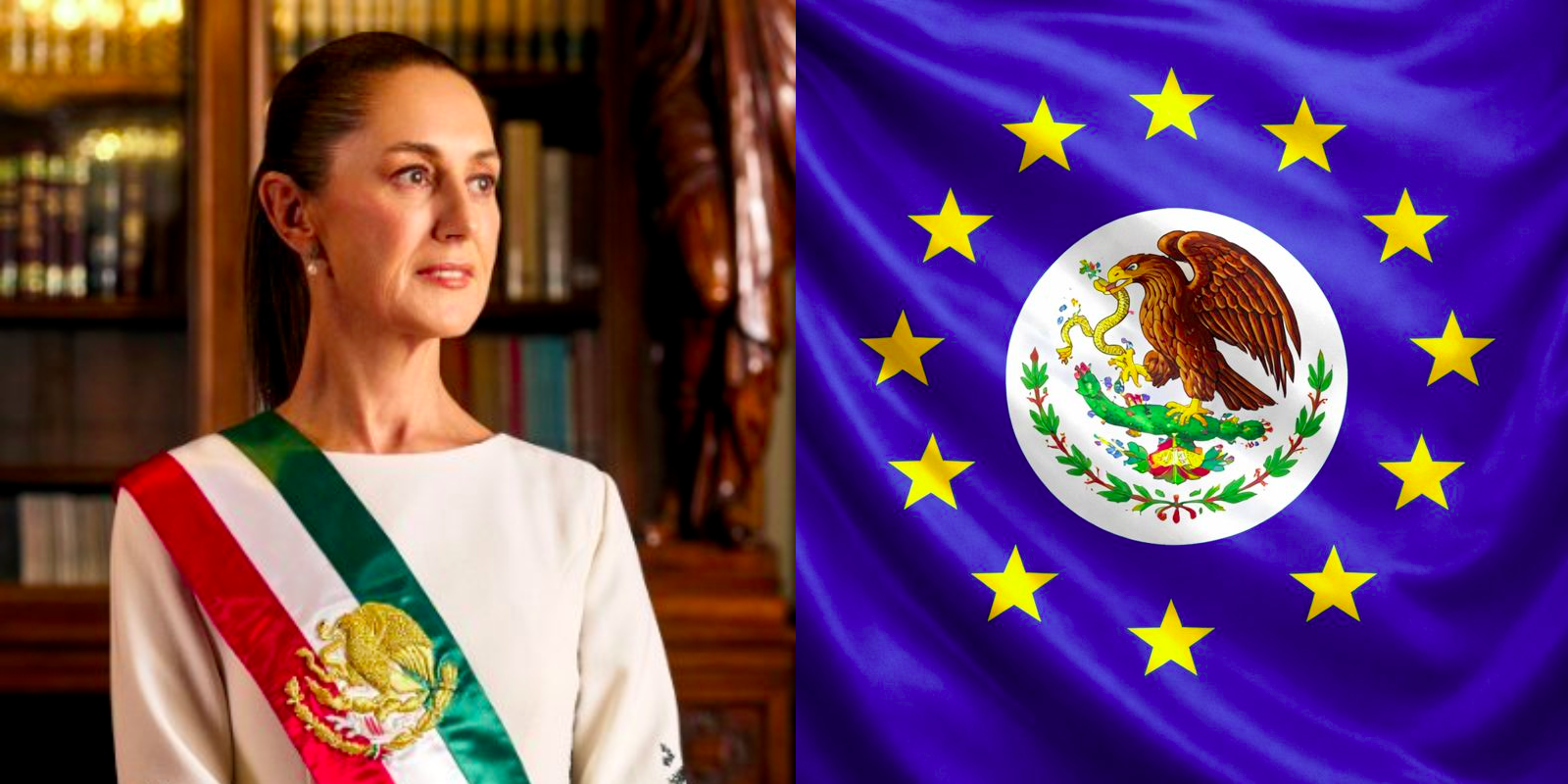The Federal Reserve hinted it may start reversing its pandemic stimulus programs come November, and could raise interest rates next year.
According to the Wall Street Journal, the Fed’s rate-setting committee revised its post meeting statement Wednesday to say that it may start to reduce or taper its $120 billion in monthly asset purchases as soon as its next meeting in early November.
“If progress continues broadly as expected, the Committee judges that a moderation in the pace of asset purchases may soon be warranted,” the statement said.
New estimates released at the end of the two-day meeting showed half of 18 officials expect to raise interest rates by the end of 2022.
When the pandemic hit in March of 2020, the Fed cut its short-term benchmark rate to close to zero and it has been purchasing at least $80 billion a month in Treasury and $40 billion a month in mortgage bonds since June of 2020 to provide additional stimulus.
Per the Journal:
Fed officials laid out a three-part test to raise interest rates one year ago that would require inflation to reach 2% and be on course to exceed that while the labor market returns to levels consistent with maximum employment.
In December, they said they would buy bonds at the current pace until the economy had made “substantial further progress” toward their goals of reversing a shortfall then of around 10 million jobs since the start of the pandemic and moving inflation back to their 2% goal over time. The Fed’s asset portfolio has doubled to $8.4 trillion from $4.2 trillion in February 2020.
Rising vaccination rates and nearly $2.8 trillion in federal spending approved since December has produced a recovery like none in recent memory. Inflation has soared this year, with so-called core prices that exclude volatile food and energy categories up 3.6% in July from a year earlier, using the Fed’s preferred gauge. The gains largely reflect disrupted supply chains, shortages and a rebound in travel associated with the reopening of the economy.
Wednesday’s projections show half of the officials expected interest rates would need to rise at least 1 percent from their current level by the end of 2023 and by another three-fourths of a percentage point in 2024.
 The Federal Reserve hinted it may start reversing its pandemic stimulus programs come November, and could raise interest rates next year. According to the Wall Street Journal, the Fed’s rate-setting committee revised its post meeting statement Wednesday to say that it may start to reduce or taper its $120 billion in monthly asset purchases as […]
The Federal Reserve hinted it may start reversing its pandemic stimulus programs come November, and could raise interest rates next year. According to the Wall Street Journal, the Fed’s rate-setting committee revised its post meeting statement Wednesday to say that it may start to reduce or taper its $120 billion in monthly asset purchases as […]






